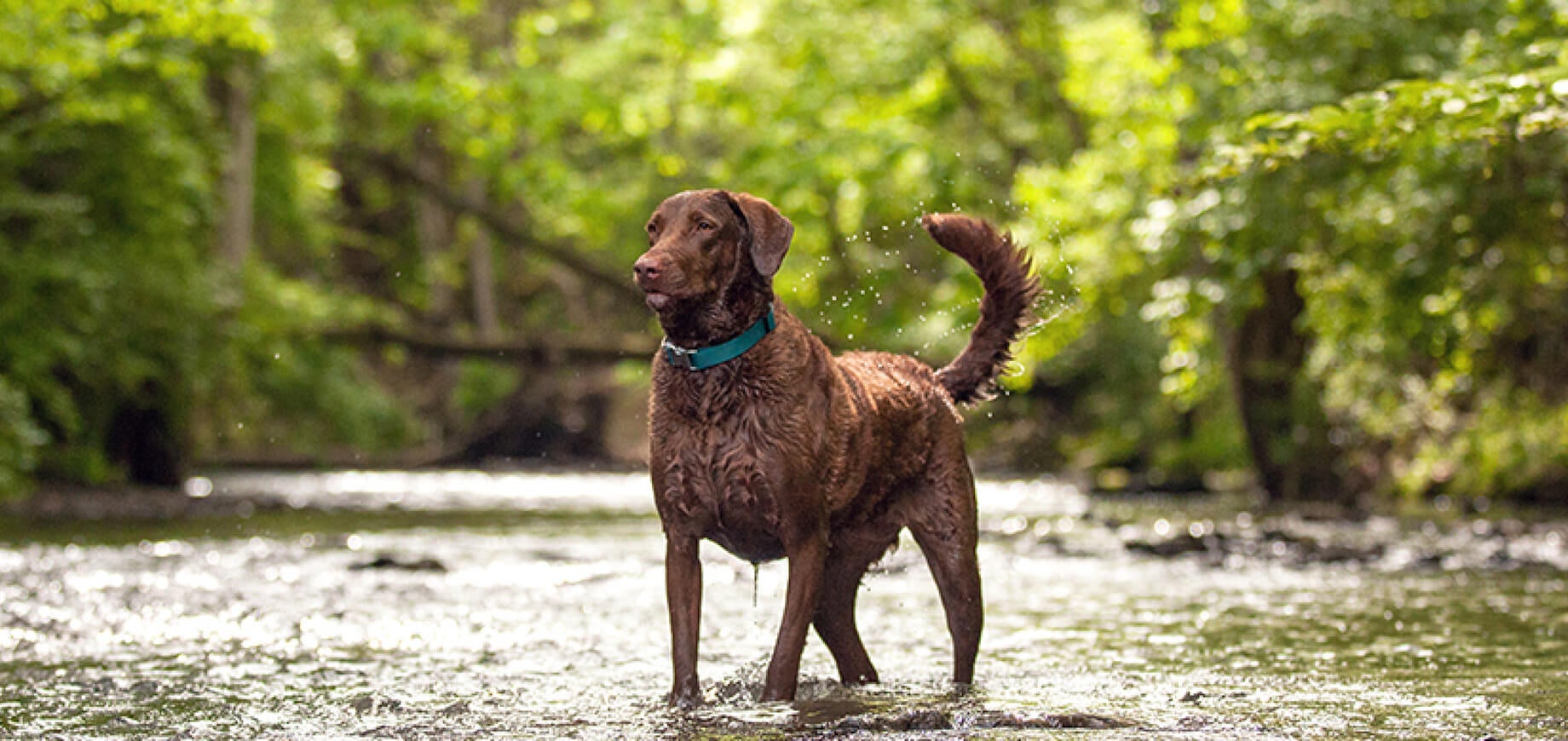Find products that match your dog’s needs

Hip dysplasia is one of those terms that might sound intimidating, but it's essential for every dog parent to understand, especially if you have a larger furry friend. If you've ever wondered why your beloved dog is limping or showing difficulty getting up, you might be dealing with hip dysplasia in dogs.
Hip dysplasia is a developmental condition where the ball-and-socket joint of a dog's hip doesn't develop correctly. This misalignment causes friction and deterioration over time, often leading to pain and mobility issues. While this can be distressing for our four-legged pals, early detection and appropriate treatment for hip dysplasia can make all the difference.
The primary cause of hip dysplasia in dogs is genetics. Yes, much like we inherit traits from our parents, dogs can inherit this condition too. Large breeds like German Shepherds, Rottweilers, and Labrador Retrievers are especially prone to this condition. But it's not just about genes. Factors like rapid weight gain due to overfeeding or excessive exercise during their puppy days can also play a part in developing hip problems in dogs.
Dogs can't exactly tell us when they're in pain, but they show us through their behaviour. Some common signs of dysplasia in dogs include:
Remember, many dogs might not show these signs until they've had the condition for several years.
If you suspect hip dysplasia in dogs, it's time to visit the vet. They'll typically take hip x-rays and might also physically examine your dog's hips for any looseness.
The treatment for hip dysplasia in dogs depends on their age, severity of the condition, and overall lifestyle:
Feeding your dog a balanced diet, tailored to their size and breed, is crucial. With the increasing awareness about hip dysplasia in dogs, brands like PEDIGREE have stepped up. The introduction of products like PEDIGREE Pro emphasizes bone and joint health. However, remember that while nutrition supporting joint health is excellent, it's essential to consult with your vet before introducing any changes to your dog's diet.
While hip dysplasia has a strong genetic component, steps can be taken to minimize its impact:
Though hip dysplasia might not cut down on your dog's life expectancy, it can affect their quality of life, especially for larger breeds.
Being informed is the first step towards ensuring our furry friends live a comfortable and pain-free life. If you own a large breed dog, it's beneficial to stay proactive about potential hip problems in dogs and consult your veterinarian regularly about the risks and signs of hip dysplasia.
Remember, every dog deserves a happy, hoppy life, and with the right care, we can ensure they get just that!
Large and giant breeds are more susceptible to hip dysplasia in dogs. Breeds like German Shepherds, Rottweilers, Labrador Retrievers, and Saint Bernards often have a higher risk. However, any dog, regardless of size, can develop this condition due to various factors.
Dogs with hip dysplasia can still live full, lengthy lives. While the condition may reduce their mobility and cause pain, with proper treatment for hip dysplasia in dogs, they can maintain a good quality of life. Regular vet check-ups are crucial.
Yes, some dogs with hip dysplasia might sleep more. The pain and discomfort from hip problems in dogs can make them less active, leading to increased resting or sleeping. However, every dog's reaction to pain is unique.
Walking can be beneficial for dogs with hip dysplasia, as moderate exercise can help maintain muscle mass and joint health. However, it's essential not to overdo it. Consistent, gentle walks are better than intense activity, which might exacerbate hip problems in dogs. Always consult a vet for exercise recommendations.

Find a PEDIGREE® stockist
near you!
Buy online
Click to buy from any of the retailers below

